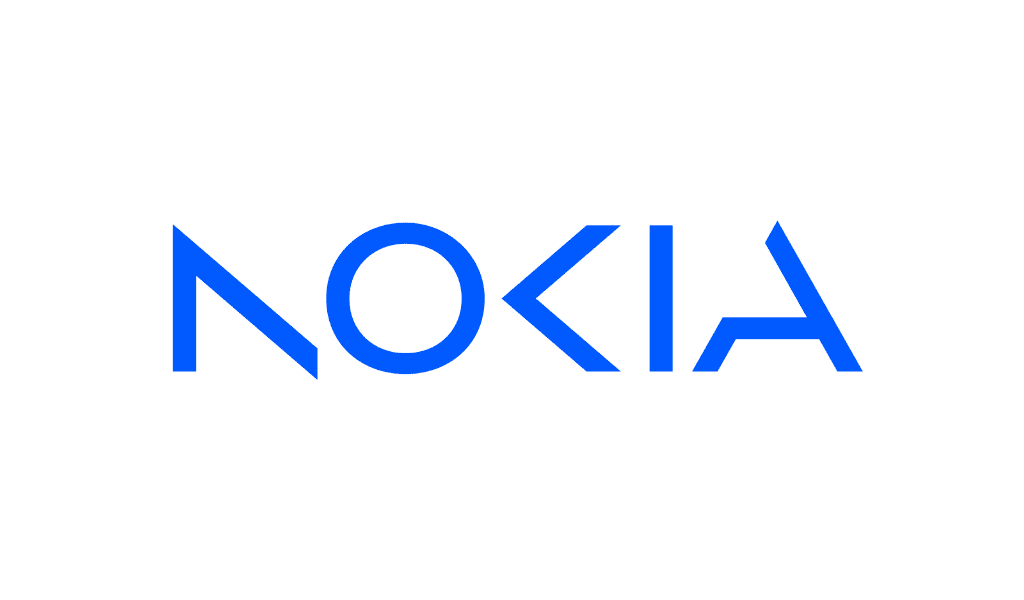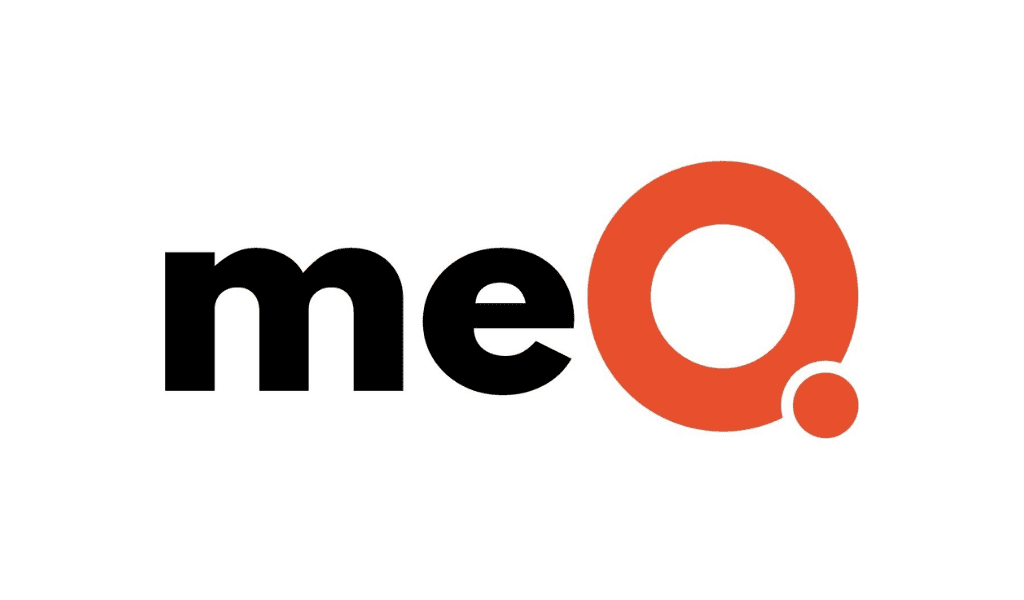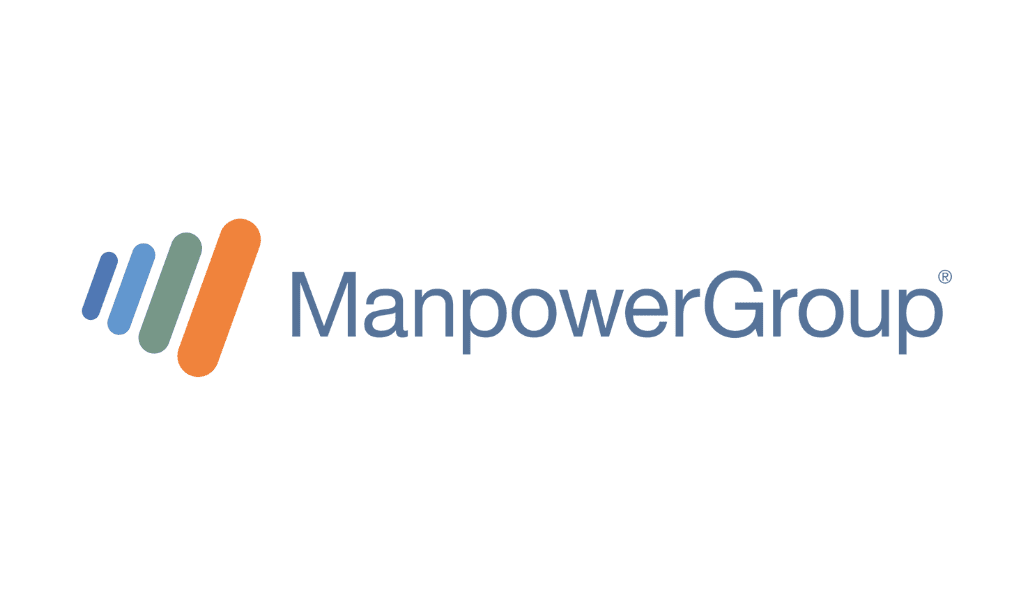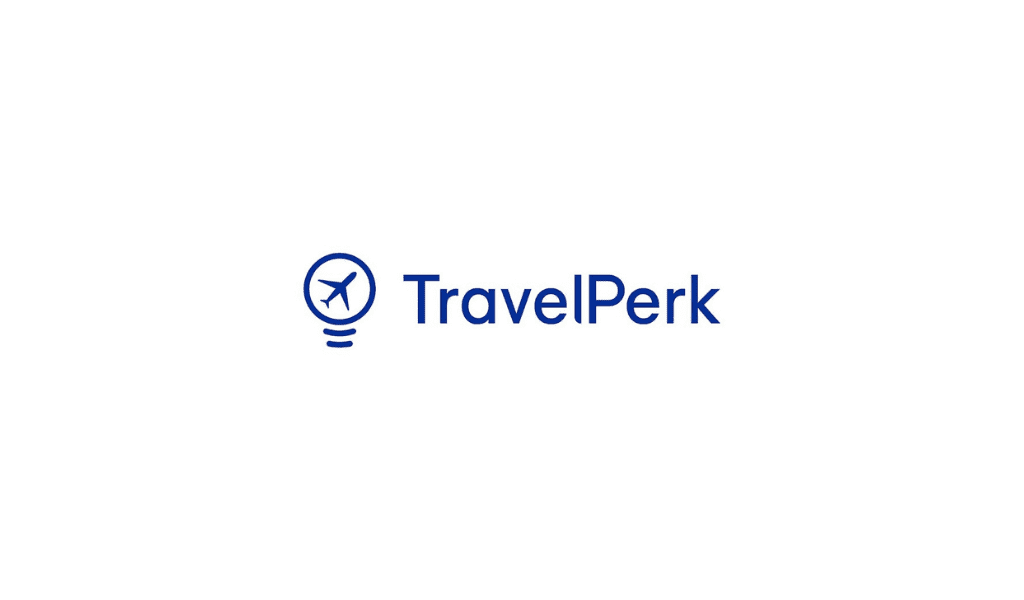A recent panel discussion featuring experts in the field aims to shed light on the advantages of implementing well-being programs at work.
In today’s modern world, an estimated 3.3 billion people devote approximately 65% of their waking hours to their jobs. However, the workplace is not always a sanctuary of well-being. Wysa’s All Worked Up report reveals a troubling correlation between psychosocial risk factors and work and stress-related disorders. Today, four in 10 employees report experiencing moderate to severe symptoms of anxiety and depression. Despite these alarming statistics, many employees find it challenging to seek help due to the stigma surrounding mental health issues and a lack of awareness.
Fortunately, there is a growing awareness of the need for proactive measures to address these challenges. A recent discussion featuring experts in the field aims to shed light on the comprehensive advantages of implementing wellness programs in the workplace. The primary objectives are to reduce absenteeism, enhance productivity, improve recruitment and retention efforts, and mitigate risks associated with employee mental health.
A Shared Value Model
Dr. Katie Tyron, director of health strategy at Vitality, emphasizes the benefits of incentivizing behavior change programs to promote healthier habits, as demonstrated by the company’s “Vitality Program.” They firmly believe that addressing both mental and physical health can deliver shared value—benefiting the individual, the insurance company, and society. Similarly, Sophia Weber, global employee engagement partner at Allianz Partners, says their approach to incentivizing employees to prioritize health and well-being through a rewards model that recognizes progress in a holistic sense, balancing the different areas of health.
Meeting People Where They Are
The most effective health programs are those that are accessible, personalized, and tailored to individual needs. It is essential to meet individuals where they are, recognizing the spectrum of assistance and intervention that may be needed at any point. Geetika Arora Bhojak, global mental health lead at Accenture, highlights the shift from merely addressing health to focusing on well-being. This proactive approach aims to ensure employees are thriving in both personal and professional aspects of their lives. Bhojak explains that “we have pivoted from health to well-being in the truest sense, and instead of a reactive solution, we are proactively looking at how we can ensure their people are living well, thriving and flourishing in their day-to-day life, whether that’s personal or professional.”
Holistic Health
Linking physical and mental health is a core principle advocated by all of the experts. Accenture’s approach involves addressing six dimensions of human potential, encompassing “mind, body, heart, and soul.” This holistic perspective extends to both employees and senior leaders, recognizing that leadership mindsets and behaviors must evolve to unlock employee potential fully. Bosch, on the other hand, balances general lifestyle wellness with condition-specific wellness for those who desire change. Vitality considers a range of factors influencing overall well-being when determining a person’s “Vitality Age”. The overarching idea is to view individuals as a single entity where mental and physical well-being are intertwined. As Weber says, “we’re starting to think about people a single whole, whose health combines mental and physical well-being—and then we can support you to move forward in all of the different elements.”
Joint Ownership
Employee well-being is not solely the responsibility of the employees themselves. Leaders play a crucial role in fostering a culture of well-being. Dr. Rahul Kalia, head of health, wellness, and medical services at Bosch, says it’s important for leadership to demonstrate a commitment to health in all its facets. Accenture has strategically mapped out the support required on the ground, recognizing that different individuals may need different types of assistance. For many, AI resources provide an initial step before seeking in-person human therapy. Additionally, Bosch is focusing on raising awareness and advocacy around mental health. At Allianz Partners, their CEO hosted a podcast on mental health that has helped reduce stigma and create a psychologically safe space for teams.
Early Detection
Early detection and intervention are vital in preventing mental health concerns from escalating. Many organizations are adopting a holistic approach to mental health, looking at all aspects of well-being. Bosch, for example, embeds well-being into their ways of working, offering resources like mental health allies and counseling sessions. They employ AI chatbots through Wysa alongside human therapy to provide psychological and emotional support and leverage a network of mental health allies for non-judgmental assistance.
Stigma or lack of education can mean that people don’t speak up until it’s too late. For example, Bosch has recognized that generational or cultural barriers exist, so much so that the term “mental health” has been superseded by “emotional health.” They hope that this subtle shift will make people feel able to open up before an issue occurs. Dr. Kalia says that “if we waited for physical health like we do mental health, people would only go to the doctor with a heart attack or unconscious, rather than intervening when symptoms occur like chest pains.”
Tailoring Tools
Tailoring tools to individual needs is crucial. Organizations recognize the need for diverse solutions that cater to a culturally and generationally diverse workforce. Both digital and non-digital solutions are employed to improve emotional health support for employees and their families. At Bosch, focus is on advocacy and awareness, with wellness programs encompassing both general well-being and condition-specific wellness. The goal is to support those willing to make positive changes in their lives.
Effectiveness and Measurement
One unanimous point of agreement is the importance of measuring the effectiveness of employee well-being programs. Despite substantial investments in well-being programs, burnout rates and mental health struggles continue to rise. To address this, it is crucial to embed outcome measures in wellness initiatives. Bosch prefers to measure the value of investment instead of traditional return on investment. This approach allows them to make more informed decisions about resource allocation. Accenture focuses on understanding what is truly impacting their employees and how their services and resources address these issues, placing greater emphasis on impact measurement than ROI.
Where Next for AI?
The future of health and wellness lies within a combination of AI and human interventions. Ensuring clinical safety and efficacy is a top priority, with constant refinement and development in AI-driven solutions that is validated by human intervention. Ensuring data accuracy, avoiding biases, and maintaining accountability are crucial for the safety of digital interventions, particularly as AI continues to evolve and data privacy laws shift and evolve.
Putting Employees First
Proactive employee wellness programs are crucial in today’s work environment, where mental health challenges are prevalent. Implementing these programs involves a shared value model, meeting individuals where they are, considering holistic health, encouraging joint ownership, early detection, tailored tools, effective measurement, and a future that embraces AI’s capacity to put the individual’s well-being first. By following these best practices, organizations can create healthier, more productive, and more supportive work environments.
















